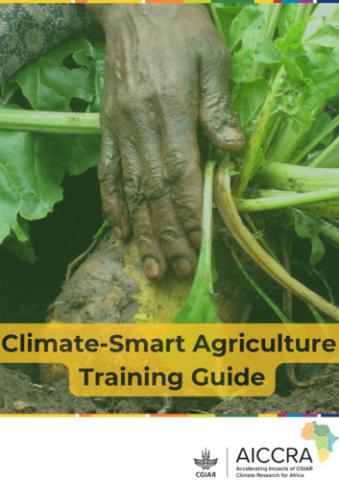Abstract
Agriculture, the backbone of the Ethiopian economy, contributes roughly 40% of GDP, more than 75% of employment, and 80% of foreign exchange earnings (FAO, 2019). Ethiopian agriculture relies heavily on natural rainfall, with irrigation used on only about 5% of total cultivated land (Effa et al., 2023). As a result, the sector is highly vulnerable to climate change. Climate change
endangers the country's agriculture development, natural resources, biodiversity conservation, and government poverty-reduction efforts. Climate change-related impacts such as food insecurity, malnutrition, poverty, biodiversity loss, and loss of livelihood are deeply intertwined and continue to be the country's primary development challenges. In 2021/2022, climate change caused Ethiopia to suffer one of its worst droughts, ravaging vast parts of the country. The drought has ravaged livestock and wildlife resources. Future predictions suggest that Ethiopia will continue to suffer from climate change-related problems. Thus, action is needed to address the issue. Since 1960, average temperatures in Ethiopia have risen by 1°C at a rate of 0.25°C per decade
(WB, 2021). Over the last three decades, precipitation has declined with significant year-to-year volatility. Extreme events such as droughts and floods have also become more common, in addition to rainfall variability and rising temperatures, all of which have a negative impact on the agricultural sector. According to the IPCC's Fifth Assessment Report (IPCC 2014), in the country,
the average annual temperature is expected to rise by 0.9 to 1.1°C by the 2030s, 1.7°C to 2.1°C by the 2050s, and 2.73 to 4°C by the 2080s (CRGE, 2011). Climate models predict climate changerelated hazards will reduce agricultural productivity by 50% by 2080 (Cline, 2007). The rising number of food-insecure Ethiopians, combined with the current effects of climate change on
agriculture and rising trends of livelihood vulnerability to climate variability and change, strongly suggest that the country will be unable to feed its growing population by 2080. Therefore, building a climate-resilient agricultural sector is required.

